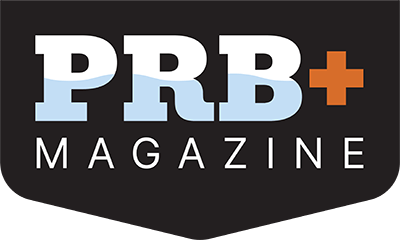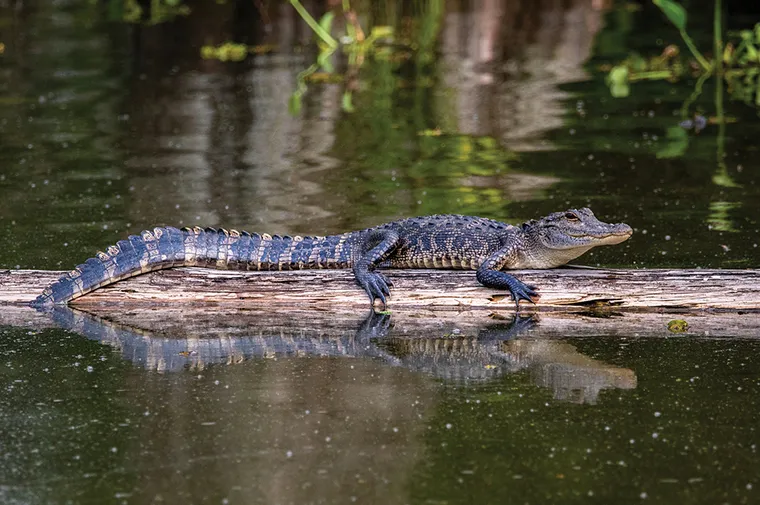A changing climate is bringing new animals to public spaces
The end of summer 2024 brought several massive hurricanes to the East Coast, flooding homes, destroying power grids, and costing hundreds of billions in recovery dollars. But across the Southeast, beyond heavier rain, drought, and other changes in climate, there have been more instances in which animals like alligators are spotted outside their historical territories.
Even if leaders work in a rainy southern state, they may still grapple with how to handle unexpected animal sightings in a park, by rolling out animal conservation measures or clearing such creatures from human spaces.


